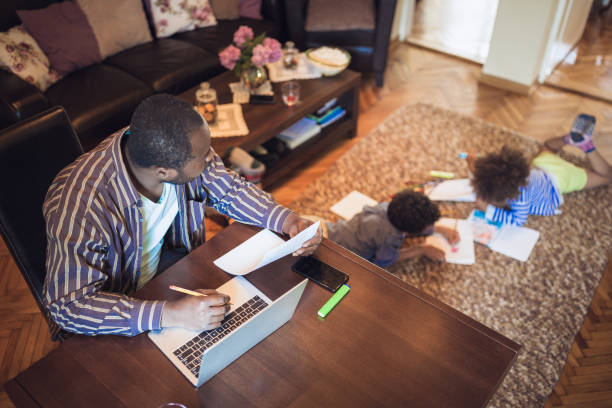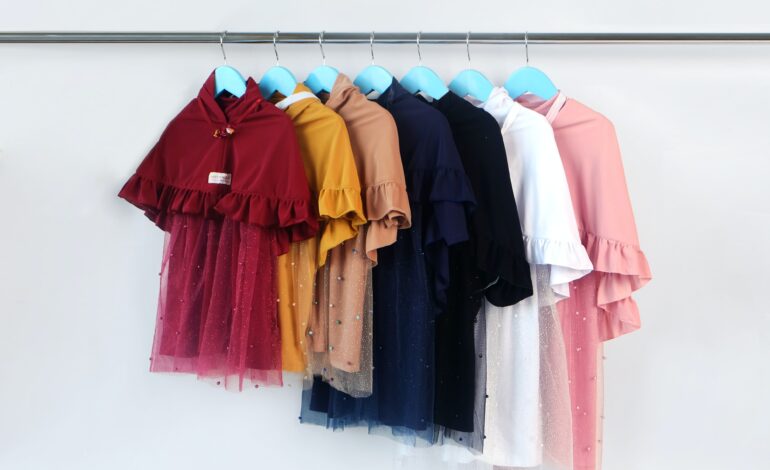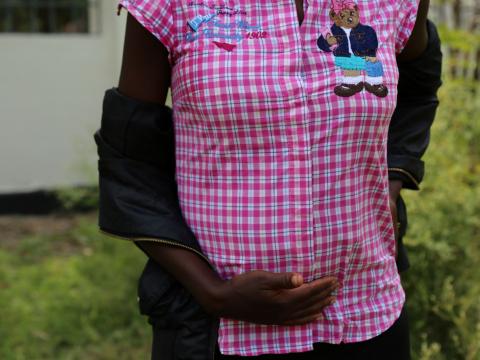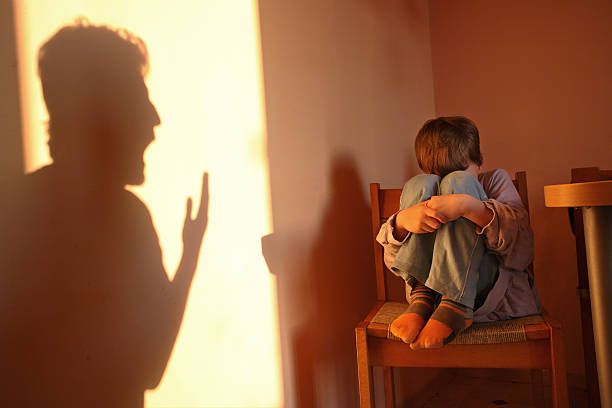The recently ended year was an economic headache and most people are still reeling from the effects. This coupled with the fact that schools will open soon means that parents are avoiding too much spending. This means then that buying new clothes for your children may not be anywhere on your to-do list. However, your kids may not understand as they would want to look good like their peers , especially when they get to a certain age. If this is your headache currently, a minimalist wardrobe could work wonders for you.
A minimalist wardrobe is one that is made up of only a few key pieces that can be easily mixed and matched to create a variety of different outfits. Besides cost saving, a minimalist wardrobe will simplify your life and reduce clutter in your child’s wardrobe or bedroom. Here are a few tips to get you started on creating a minimalist wardrobe for your little ones…
Declutter
Half the time, our bedrooms and wardrobes are full of clothing items that we no longer wear either because they do not fit or we don’t fancy them anymore. This is the same for our children’s wardrobes. Your first step to creating a minimalist wardrobe for your kids should be to sort through what they already have and get rid of anything not in use. You can either donate or sell whatever is in good condition and you can safely dispose whatever is no loner useful.
Identify the essentials
Certain items are must-haves for your child’s wardrobe. These include pants, shorts, skirts, shirts, sweaters, jackets, under garments, shoes and socks. Ensure that you have a couple of these.
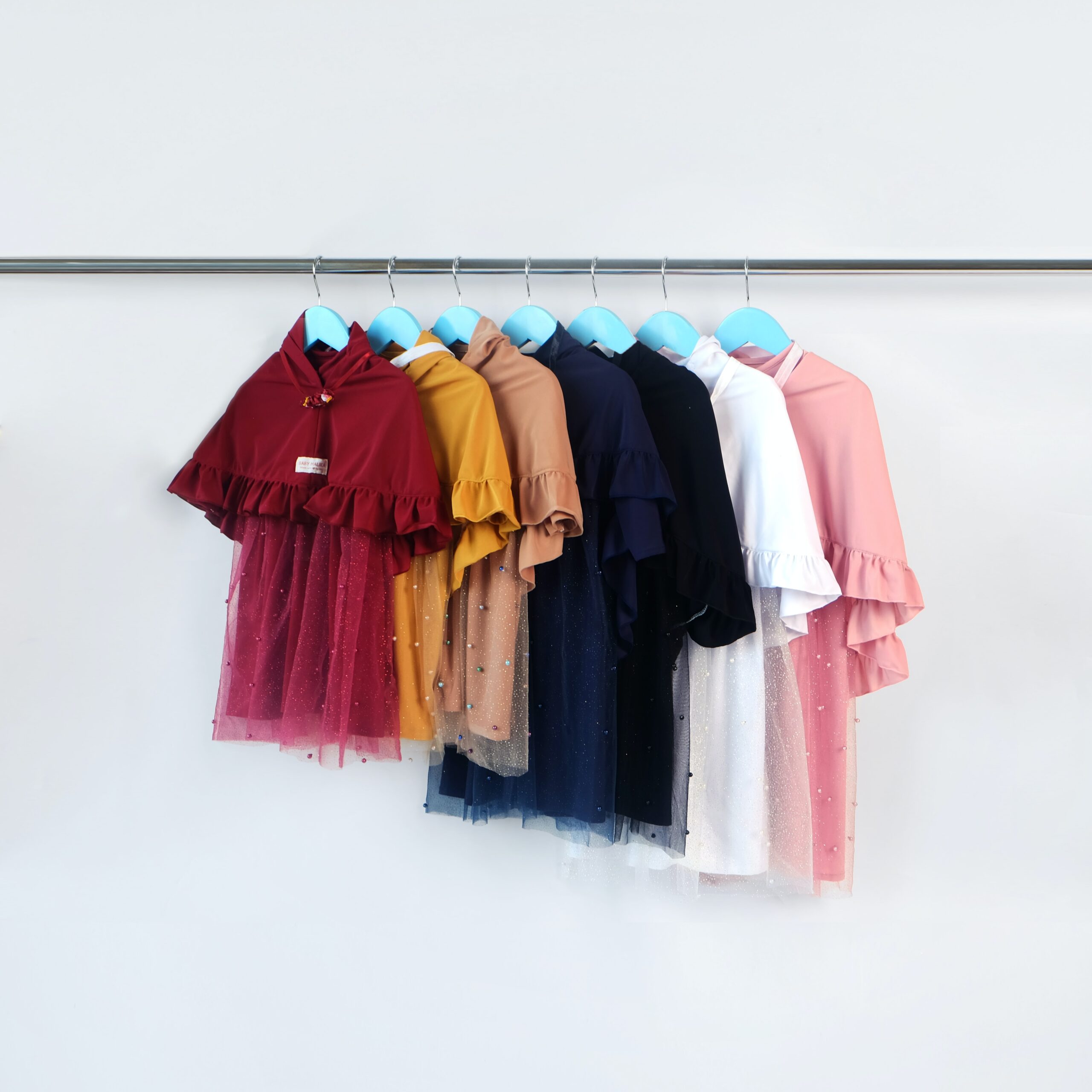

Consider versatility
The main idea of a minimalist wardrobe is to have a few clothes. Therefore, you would do good to choose pieces that can be worn in different ways. One way to do this is to pick neutral colours such as black, white, gray, and navy. These colors can be easily mixed and matched with other items in the wardrobe.
READ ALSO: 10 essentials for your baby’s bedroom
Invest in high-quality items
The higher the quality of the pieces you buy for your child’s wardrobe, the loner it will take before they need to be replaced. As a result, you will save more money and time. Consider the fabric of the pieces you are buying and how durable it is. Also steer clear of pieces that are likely to fade or whose colours runs after one wash. Needless to say, be careful when cleaning your child’s clothes to avoid ruining them. As a rule of thumb, never mix your whites with coloured items.
Involve your child
The 21st century child is exposed and assertive compared to the children of yesteryears. They are fashion conscious and they know to ask for what they want. If you are going to create a wardrobe for your child, ensure they are involved in the process. If you disagree with their choices, make a point of hearing them out and then explaining why you disagree with what they want instead of shoving your choice down their throats. Involving your child in the process will show them that you value their opinion and you trust them to make good decisions. This will not only improve their confidence and autonomy in coming years, but it will also set the stage for an honest and thriving relationship with your child.
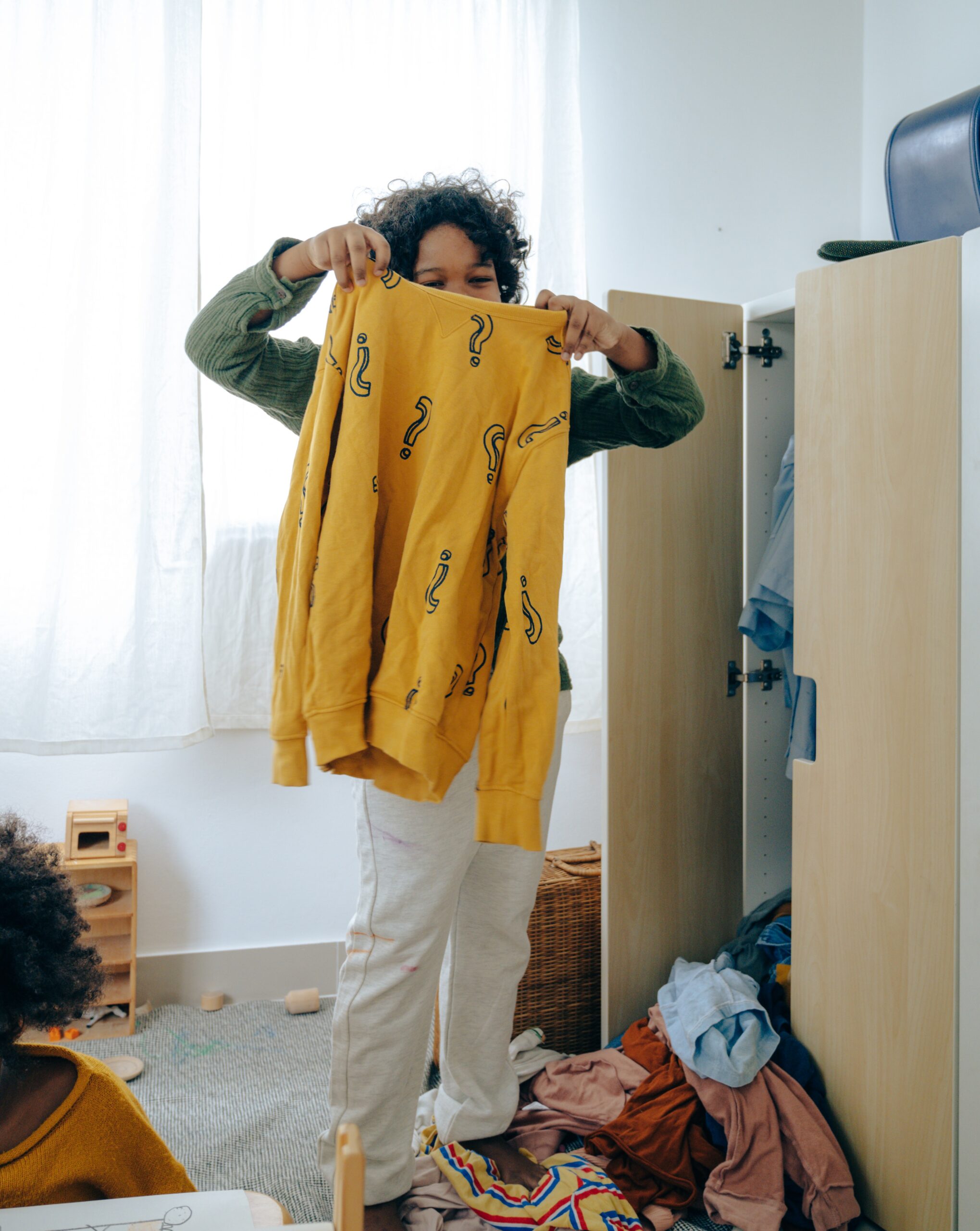

Consider their lifestyle and activities
When building your child’s minimalist wardrobe, consider the activities they are involved in. For example, if your child is taking swimming lessons or is already a pro swimmer, ensure their minimalist wardrobe has a swimming costume or two.
In a nutshell…
Creating a minimalist wardrobe is a smart way to beat the economy as it encourages cost saving and reduces clutter. Remember to involve your child in the process. Doing so will not only better your relationship with the child, but it will also equip them with some important life lessons.




